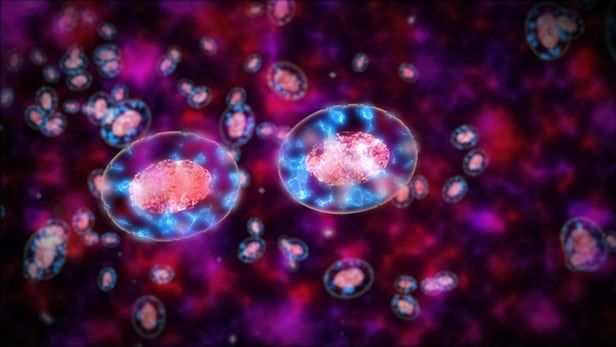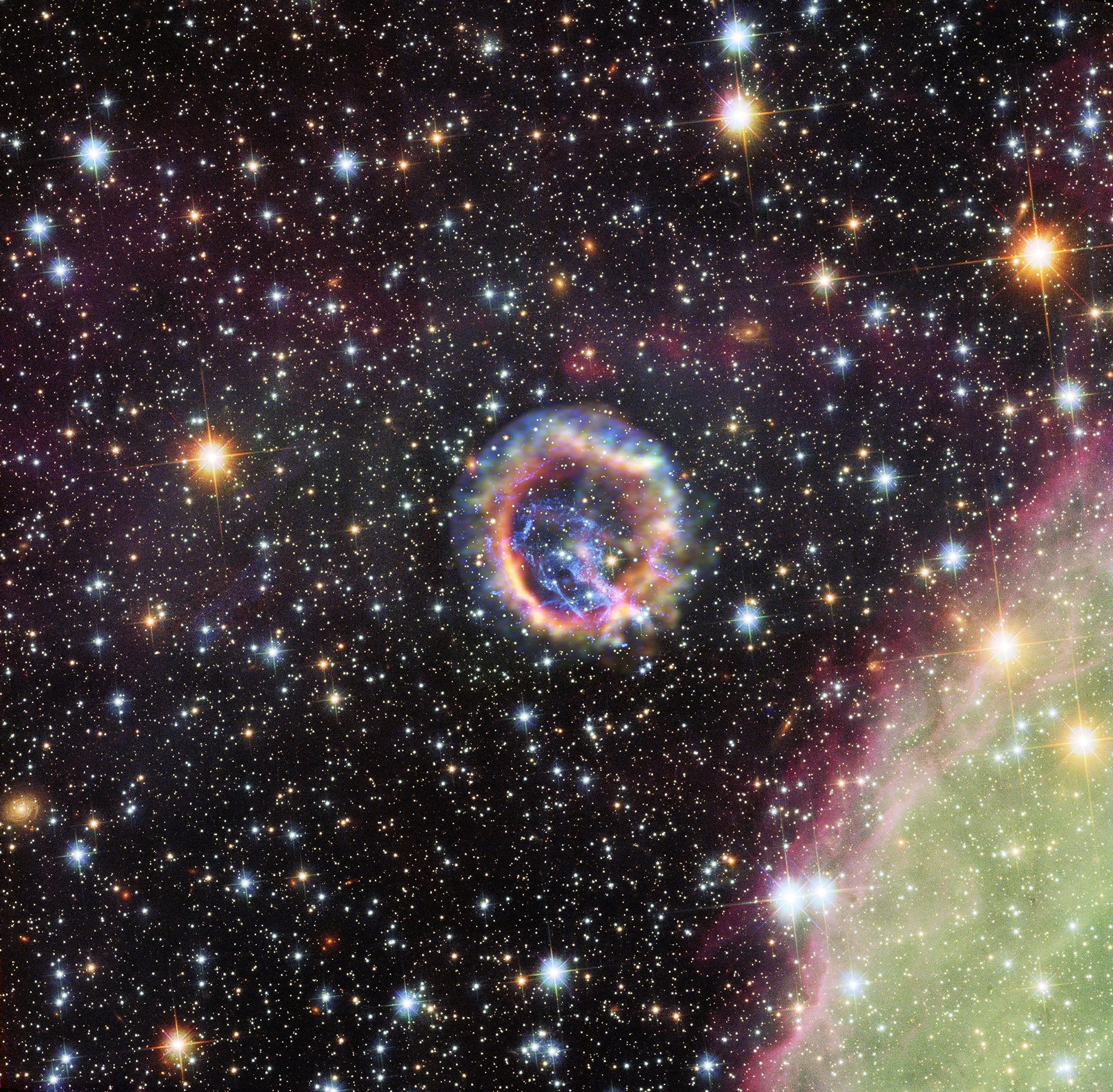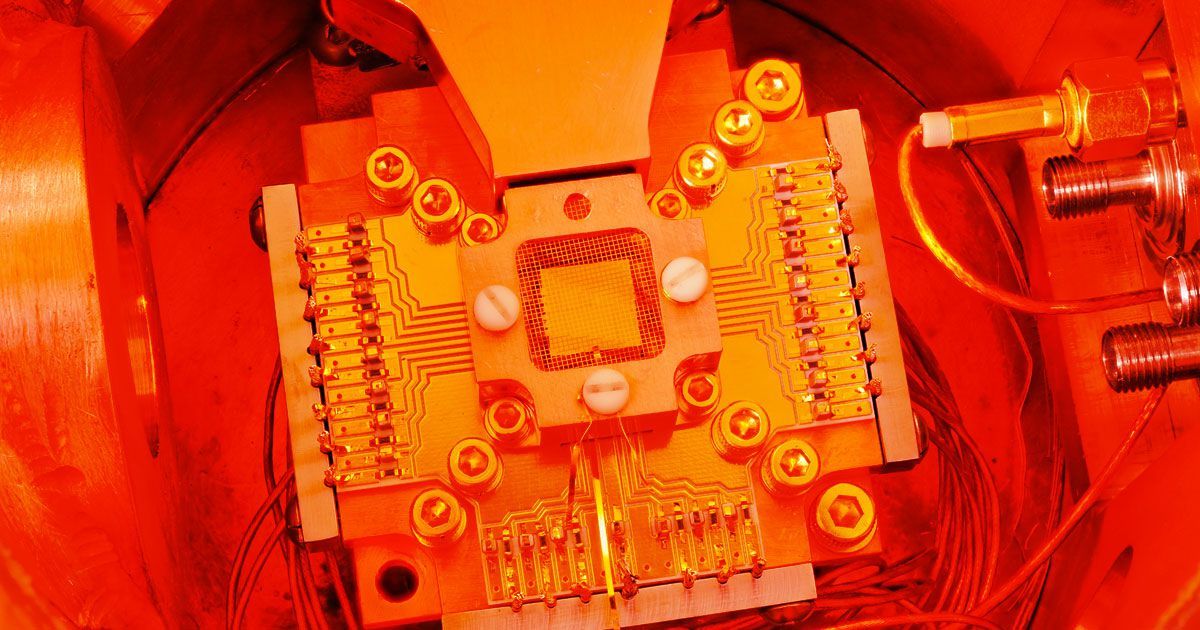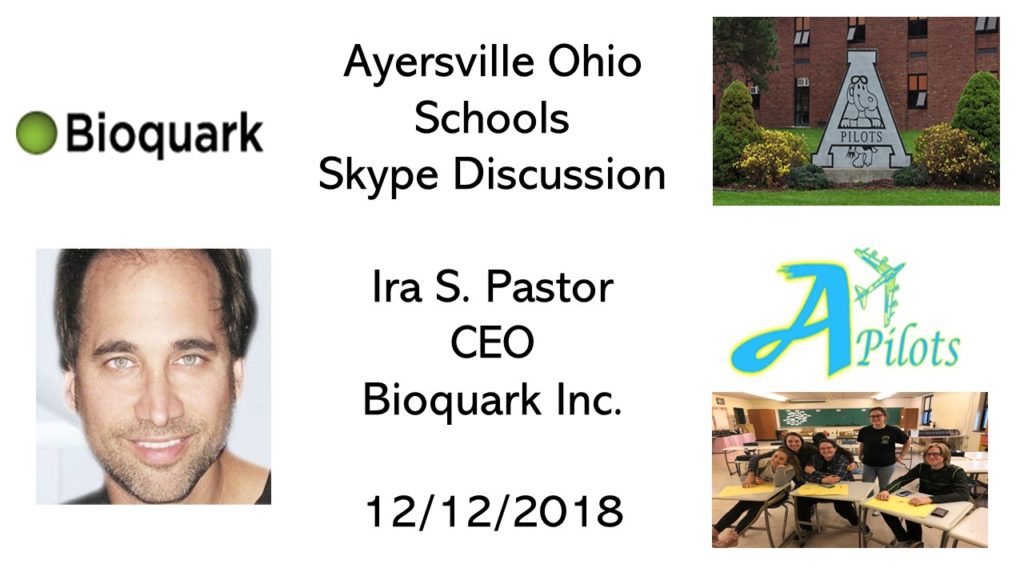This working document constitutes a draft of the AI Ethics Guidelines produced by the European Commission’s High-Level Expert Group on Artificial Intelligence (AI HLEG), of which a final version is due in March 2019.
Get the latest international news and world events from around the world.


Scientists use modified salmonella to smuggle cancer-fighting particles into the tumor
Coming up with potent anti-cancer drugs is one thing, delivering them to the site of a tumor inside the body is very much another. With a complicated organism guarded by a highly evolved immune system to navigate, getting these particles to there target in one piece is a challenging task, and one that scientists are continuing to tackle from all angles. A promising new approach developed at Virginia Tech leans on the penetrative properties of a salmonella infection, which they’ve found can be used as a vehicle to smuggle cancer-fighting nanoparticles into a tumor in a huge abundance.

Full moon and meteor shower will make winter solstice extra special this year
Winter solstice, the shortest day of 2018, is Friday, December 21.
The solstice this year will be extra special because it will be followed the next day by a full moon known as the Cold Moon, and you might be able to see a meteor shower to boot.
First, CNN meteorologists Dave Hennen, Judson Jones and Brandon Miller help us understand the science behind the solstice.

😮 Photo
This is a supernova remnant in a nearby galaxy, the Small Magellanic Cloud. Don’t miss the full-size of this stunning image from the Chandra X-ray Observatory: https://go.nasa.gov/2EFFL7z

8 Sci-Fi Writers Imagine the Bold and New Future of Work
“In the early 21st century, perhaps the most important artistic genre is science fiction … [It shapes] how people understand the most important technological, social, and economic developments of our time.” —Yuval Noah Harari, 21 Lessons for the 21st Century.
This Is The Most Advanced Model Of The Cosmos
The most detailed simulation of the universe shows how galaxies evolved since the dawn of time.

This Drone Seamlessly Transitions Between Swimming and Flying
It isn’t unreasonable to think of drones as pesky technological nuisances. Our modern digital ecosystem regularly infringes on traditional notions of privacy and bombards our limited attention spans with stimuli. A swarm of drones hovering overhead seems like the physical manifestation of these intrusions and distractions. But we shouldn’t swat them away just yet. Drones still have practical utility and the potential to change industries.
An Expanding Market
The appeal of drones in the consumer market is obvious. They can capture video footage from exciting angles, serving the vanity of a population obsessed with self-documentation. Beyond that, drones also have commercial and civil government applications that include firefighting, farming, construction, deliveries, and insurance claims. According to Goldman Sachs Research, this contributes to a $100 billion market opportunity between 2016 and 2020.

Ira Pastor — Ayersville Schools Discussion — Bioquark Inc.
Had a great time with my regenerative biology Q&A session with Ayersville (Ohio, USA) Schools 2nd graders and high school advanced anatomy class — so happy to see kids out there that are interested in these topics at such a young age — creating the future, one mind at a time — https://www.youtube.com/watch?v=2_uu9f7nafc